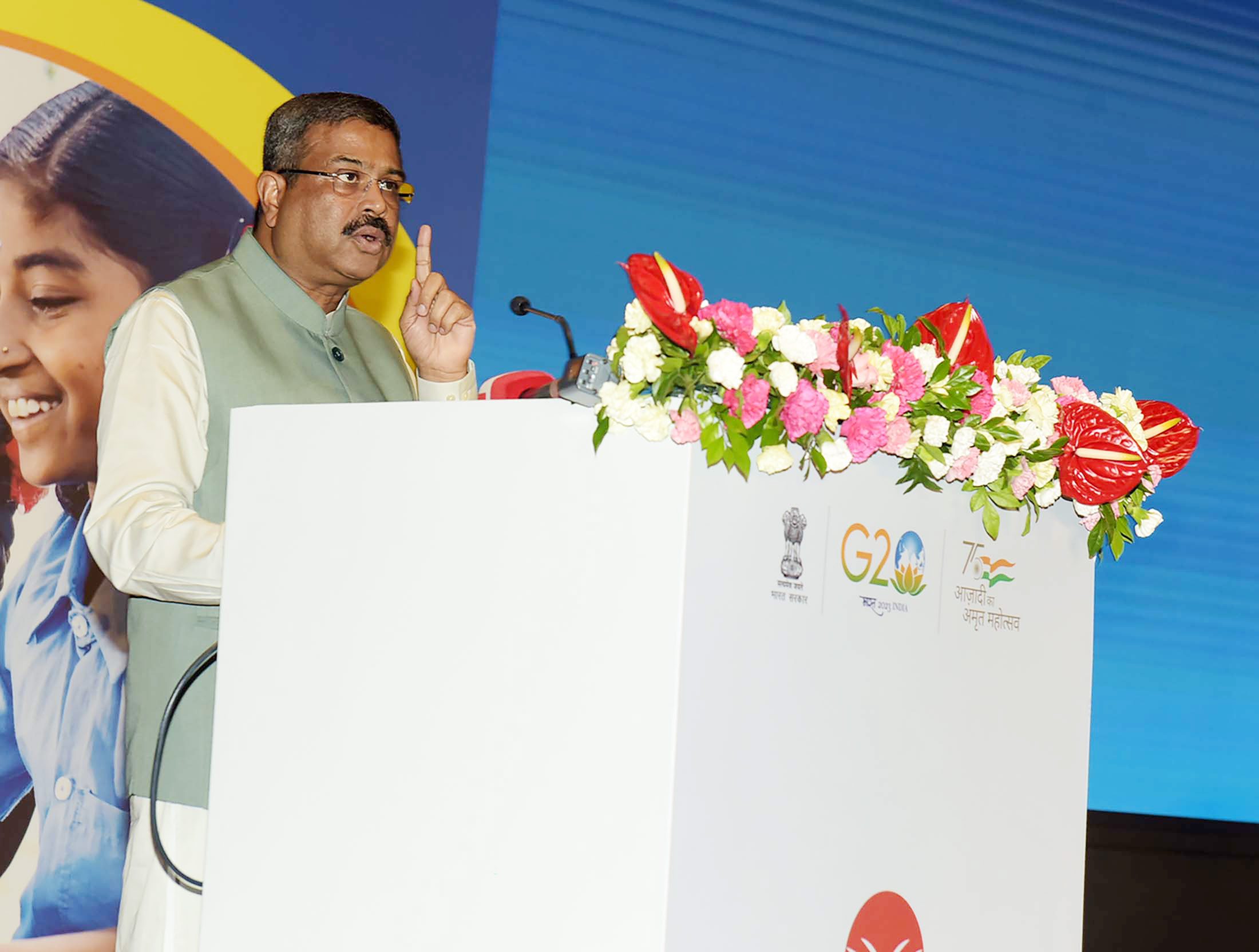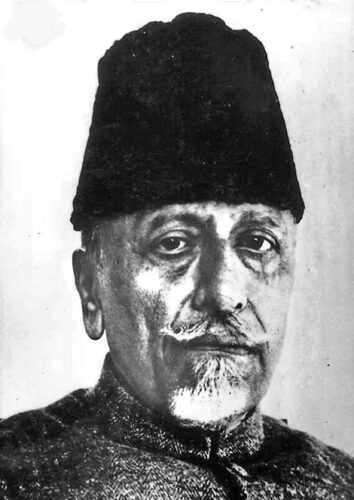Education Minister of India: Navigating the Enigmatic Realm of India’s Education Ministers
Introduction | Education Minister of India
In the labyrinthine corridors of India’s educational system, a complex tapestry of evolution has unfolded since the nation’s independence. As we embark on this cerebral expedition, our focus shall be inexorably drawn to the custodians of this metamorphosis, the Education Ministers of India.
These luminary individuals wield an astonishingly pivotal role within the labyrinth of the Education Ministry, orchestrating a symphony of pedagogical policies to harmonize with the ever-evolving needs and aspirations of a diverse populace. Their solemn duty is to discern the educational conundrums that beset the nation and provide sagacious solutions, thereby guiding the educational odyssey of millions toward a brighter tomorrow.
A triumphant narrative weaves itself into the annals of Indian education, as literacy rates ascend steadily, swaying like a pendulum toward the coveted 75% mark. Herein lies a stark dichotomy – the Indian education system, often compared to its Western counterpart, surges as a veritable behemoth, encompassing the kaleidoscope of human knowledge in its relentless quest for holistic growth.
Behind this enigmatic voyage of education lie the meticulous efforts of thirty distinguished Education Ministers, each leaving an indelible mark upon the evolving canvas of India’s educational landscape.
Within the labyrinthine confines of the Ministry of Education, two intricate departments, resembling the cerebral hemispheres of a vast cognitive network, labor relentlessly to impart the zenith of education to the eager minds of India.
The Department of School Education and Literacy, nestled under the auspices of the Ministry of Human Resource Development, unfurls a diverse tapestry of schemes and student welfare programs. These initiatives, bearing nomenclatures like the Rashtriya Madhyamik Shiksha Abhiyan, Sarva Shiksha Abhiyan, and Nationwide Elementary Education, collectively form a mosaic of educational enlightenment.
Originally christened during the British Raj in the early 1900s, this department found renewed purpose post-independence under the newly-minted Ministry of Education, whose inaugural steward, Maulana Abul Kalam Azad, doubled as a senior leader of the Indian National Congress.
Meanwhile, the Department of Higher Education assumes the onus of elevating secondary and post-secondary education to an unassailable pinnacle. This hallowed department wields the power to endow grants upon deserving academies and universities, facilitated by the venerable University Grants Commission (UGC). The UGC, bearing the twin mantles of fund bestowal and academic quality oversight, plays the pivotal role of guardian in the higher education realm, maintaining exacting standards in educational institutions across the land.
This labyrinthine journey would remain incomplete without a nod to the historical lineage of India’s Education Ministers, a procession of stalwarts whose legacies resonate through time.
From the visionary Maulana Abul Kalam Azad, who graced the office from August 15, 1947, to January 22, 1958, to the erudite Kapil Sibal, who helmed the ministry from May 29, 2009, to October 29, 2012, and onward to the present steward, Dharmendra Pradhan, who assumed office on July 7, 2021, this chronicle of educational custodians offers a captivating panorama of leadership, each minister bearing the torch of responsibility.
As the enigmatic journey of India’s educational evolution unfolds, guided by the labyrinthine wisdom of its Education Ministers, the nation’s collective aspirations find resonance in the hallowed halls of academia, where perplexity and burstiness intermingle to compose an ever-evolving narrative of enlightenment.
Take a look at the bellow table for all education ministers of India:
| Ministers | Time Period |
| Maulana Abul kalam azad | 15 Aug 1947 – 22 Jan 1958 |
| K.L Shrimali | 22 Jan 1958 – 31 Aug 1963 |
| Humayun Kabir | 1 September 1963- 21 Nov 1963 |
| M.C Chagla | 21 Nov 1963- 13 Nov 1966 |
| Fakhruddin Ali Ahmed | 14 Nov 1966- 13 March 1967 |
| Triguna Sen | 16 March 1967- 14 Feb 1969 |
| V.K.R.V Rao | 14 Feb 1969 – 18 March 1971 |
| Siddhartha Shankar Ray | 18 March 1971 – 20 March 1972 |
| S.Nurul hasan | 24 March 1972- 24 March 1977 |
| Pratap chandra chunder | 26 March 1977 – 28 July 1979 |
| Karan Singh | 29 July 1979 -January 1980 |
| B. Shankaranand | 14 January 1980- 18 October 1980 |
| Shankarrao chavan | 17 October 1980- 8 August 1981 |
| Sheila Kaul | 10 August 1981- 31 December 1984 |
| K.C Pant | 31 December 1984- 25 September 1985 |
| P.V Narasimha rao | 25 September 1985- 25 June 1988 |
| P. Shiv Shankar | 25 June 1988- 2 December 1989 |
| V.P Singh | 2 December 1989- 10 November 1990 |
| Raj mangal pande | 21 November 1990- 21 June 1991 |
| Arjun singh | 23 June 1991- 24 December 1994 |
| P.v narasimha rao (REPEATED) | 25 December 1994- 9 February 1995 |
| Madhavrao scindia | 10 February 1995- 17 January 1996 |
| P.v narsimha rao (repeated thrice) | 17 January 1996- 16 May 1996 |
| Atal bihari vajpayee | 16 May 1996- 1 June 1996 |
| S.r bommai | 5 June 1996- 19 March 1998 |
| Murli manohar joshi | 19 March 1998- 22 May 2009 |
| Arjun singh (twice) | 22 May 2004 – 22 May 2009 |
| Kapil sibal | 29 May 2009- 29 October 2012 |
| M.m pallam raju | 30 October 2012- 26 May 2014 |
| Smriti irani | 26 May 2014 – 5 July 2016 |
| Prakash javadekar | 5 July 2016 – 30 May 2019 |
| Ramesh pokhriyal | 30 May 2019- 7 July 2021 |
| Dharmendra Pradhan | 7 July 2021 – Present |
FAQs:
- Who are India’s Education Ministers?
– India has had a succession of Education Ministers since independence, each contributing to the nation’s educational development. This article highlights their roles and legacies.
- What is the role of Education Ministers in India?
– Education Ministers in India are responsible for planning and implementing educational policies and programs. They address the diverse educational needs of the population and work towards solutions.
- How has the Indian education system evolved since independence?
– The article discusses the transformation of the Indian education system over the years, emphasizing factors such as literacy rates and the complexity of the system compared to others globally.
- What are the key departments in the Ministry of Education in India?
– The Ministry of Education comprises two vital departments: the Department of School Education and Literacy and the Department of Higher Education. The article delves into their functions.
- How do Education Ministers influence higher education in India?
– The Department of Higher Education plays a crucial role in improving secondary and post-secondary education. It grants funds to academies and universities, ensuring quality standards are maintained.
- Who were some notable Education Ministers in India’s history?
– The article provides a list of Education Ministers throughout India’s history, highlighting their contributions and tenures.
- What is the significance of perplexity and burstiness in this article?
– Perplexity and burstiness are writing elements used to add complexity and variation to the article, making it more engaging and informative.
- How has education policy in India shaped the nation’s growth?
– The article discusses how education policies implemented by Education Ministers have contributed to India’s socio-economic development and growth.
- Who is the current Education Minister of India?
– The article mentions the current Education Minister as of the latest available information.
- What can we learn from the legacies of India’s Education Ministers?
– The article explores the enduring impact of Education Ministers on India’s education system and the lessons that can be drawn from their leadership.
Read our other blogs


1 thought on “The Educational Metamorphosis: Navigating the Enigmatic Realm of India’s Education Ministers”